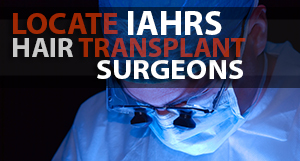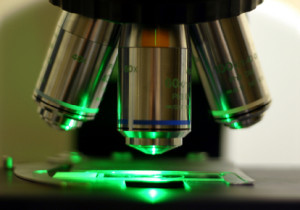 Most scientists agree that the future of healing is regenerative medicine. Regenerative medicine is based on a relatively simple concept: When we are injured or when or are stricken with disease, our bodies begin a natural defense or healing process. Scientists are working on methods to harness the body’s power to heal and then accelerate it in clinically significant ways.
Most scientists agree that the future of healing is regenerative medicine. Regenerative medicine is based on a relatively simple concept: When we are injured or when or are stricken with disease, our bodies begin a natural defense or healing process. Scientists are working on methods to harness the body’s power to heal and then accelerate it in clinically significant ways.
What if we could make ourselves heal faster or better? What if we could harness the power from within our own bodies to eradicate cancer, or heart disease? What if we could grow organs from our own cells to replace those that can no longer function? Well, this is already happening and it’s beginning to change lives.
In 2006 Dr. Anthony Atala and his colleagues at Wake Forest University in North Carolina dramatically changed the lives of seven children and young teens who were suffering with spina bifida, a congenital birth defect that stunts brain and spinal cord development. The disease can leave patients with bladders that don’t function normally causing a host of issues including incontinence.
Miraculously, Dr. Atala’s team transplanted urinary bladders grown from the patient’s own cells. These were the first ever laboratory-grown organ transplants placed into humans, and all participating patients now have 100% normal bladder function with no signs of developing problems.
Another notable use of regenerative medicine came in November of 2008 when British surgeons replaced the damaged windpipe of a 30-year-old women with one created from stem cells grown in a laboratory at Bristol University.
Remember, these replacement organs are made from the patient’s own cells, which completely eliminates tissue rejection.
These life changing procedures were all made possible by regenerative medicine, and those spearheading this rapidly evolving field are working to improve the quality of life for patients all over the world.
A few months ago we spoke with Dr. Joseph Greco, and President of Orogen Biosciences Robert Brandt, about PRP cellular therapy for hair loss, and the role this type of regenerative medicine will play in the lives of those suffering with all forms of alopecia. Since the interview, we have received countless e-mails asking us to provide more information and updates on the procedure.
Because the public response to PRP therapy for hair loss has been so profound, we wanted to make sure that all information provided though our resources comes directly from those in the trenches and not form those simply attempting to capitalize on this new technology.
With this in mind, we’ve added a Video Q&A forum to our online community baldtruthtalk.com so researchers and practitioners like Dr. Greco can provide detailed information about the process, as well as answer direct questions from those interested in learning more about PRP therapy.
To see exclusive video presentations and the actual procedure being performed, please check our new Cutting Edge/ Future treatments forum here:
http://www.baldtruthtalk.com/forumdisplay.php?f=39
Feel free to post questions to receive responses directly from researchers and experts in the field.
Platelet Rich Plasma Therapy for hair loss appears to be a promising new treatment. It’s important to fully understand that many in the hair loss industry will attempt to capitalize on this procedure with little or no real knowledge of how to perform it correctly. Do your homework and make sure that any practitioners or clinics claiming to offer PRP therapy for hair loss are recommended by The American Hair Loss Association. Not all PRP treatments are created equal.
Caveat Emptor, Let The Buyer Beware!






No Comments